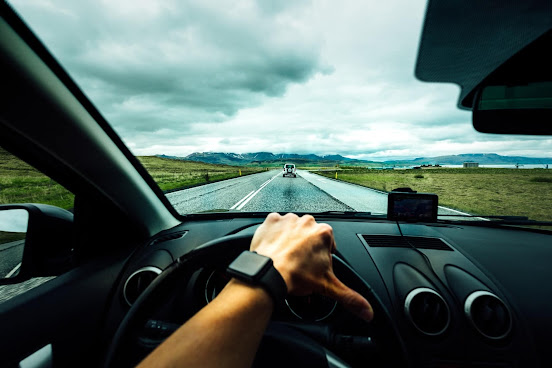Driving and Cruise Control Technology
Cruise control has long been a favorite feature of tourists, weekend warriors, and lead-foot drivers. But what if the cruise control can do more than just maintain your speed and give your feet a break?
aDriving believe that the cruise control system help motorists to be safer on the roads than ever before.
Adaptive Cruise System
Adaptive cruise control is a feature that allows your car to increase or decrease speed based on the pace of the front of your car. How it works: You set a maximum driving speed, and then the sensor monitors the traffic ahead to keep your car safe traveling distance behind the one in front of you.Most automakers have the technology paired with an early warning system that alerts the crash and the driver applies the brakes in an emergency situation. This technology is also often referred to as active cruise control, autonomous cruise control, intelligent cruise control, and radar cruise control.
How Adaptive Cruise Control is Good
The most ideal conditions for this technology is the traffic stop-and-go during rush hour when commuters rapidly shifting from 0 mph to 20 mph and sometimes even 60 mph. In addition, it's a crucial precursor for a self-driving vehicle which requires the vehicle to not only observe the car ahead but also on all sides before change lane.Proper Way to Use Adaptive Control
Drivers using the adaptive cruise control as they would standard cruise buttons and levers. To use it, you must enable the feature, set the maximum speed you want, then press the "set." At that point, you can use the "plus" and "minus" buttons to increase or decrease speed. You can also set the desired gap between the car and the car traveling in front of you. Most drivers use two seconds following distance. The icon appears on the dashboard to indicate to the driver when the feature is being used.Challenges
Although the price gradually dropped, advanced cruise control technology is still an expensive option for many motorists. Some advanced features can be added to as little as £300, but most full-range adaptive features to run closer to £2,000. There are also concerns about the technology's ability to function as well as fog, rain, and snow.Driving Instructors in Luton
According to the search by driving instructors from the Luton area, a big brand's adaptive cruise system is capable of predicting the possibility of cutting the vehicle into your lane until five seconds before it happened. The design relies on a combination of radar and cameras to sense other hazards nearby and assess the relationship between your car and others around you. If another driver began swerving into your lane, cruise control which is able to adjust its speed to avoid a collision.A lot of driving schools have described this cruise system as a smooth feature and something that will not surprise the motorist's danger. Time will tell if it is a measure of safety standards for cars in the future. You may like the last post on how to make most out of car space.



